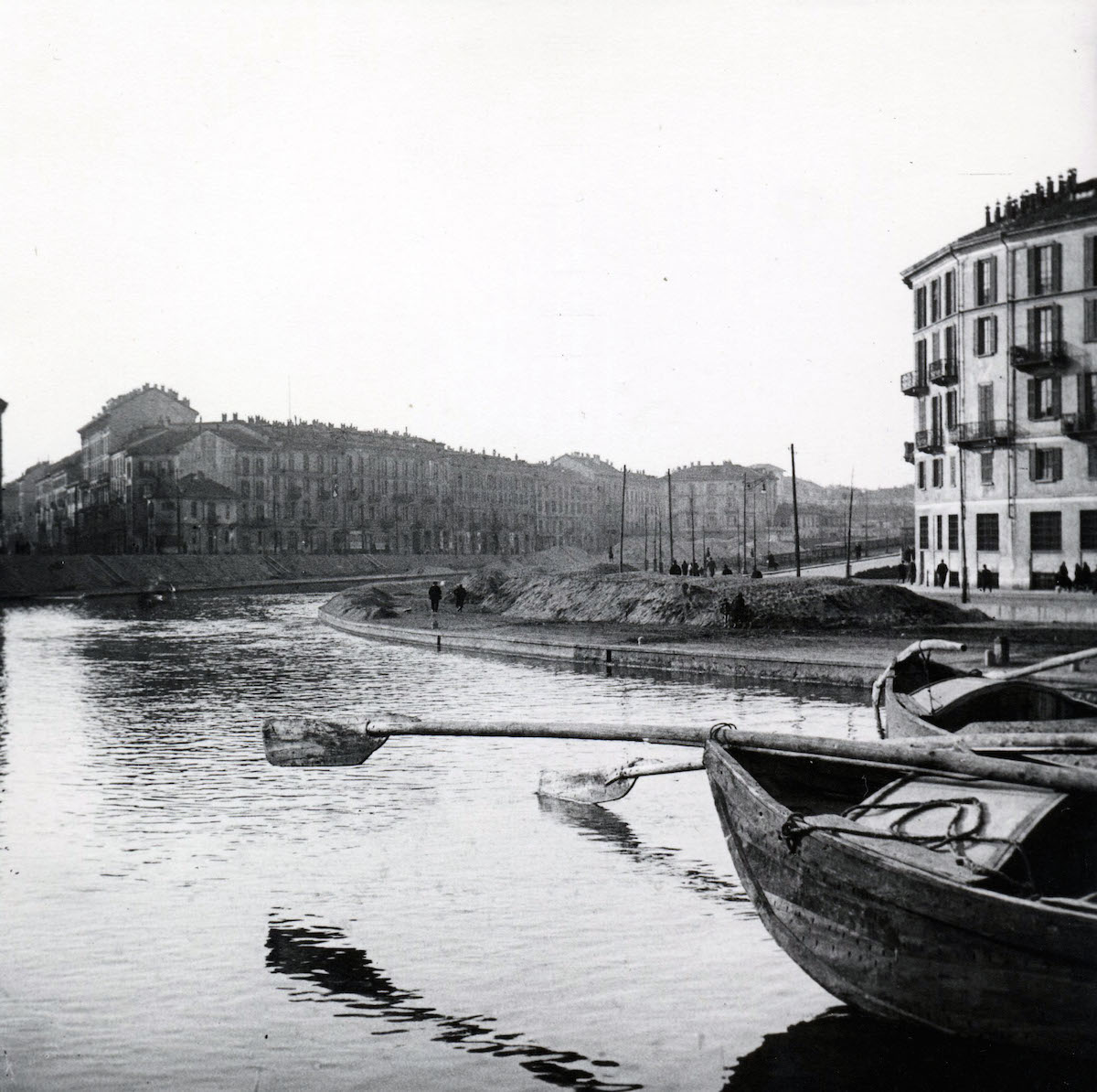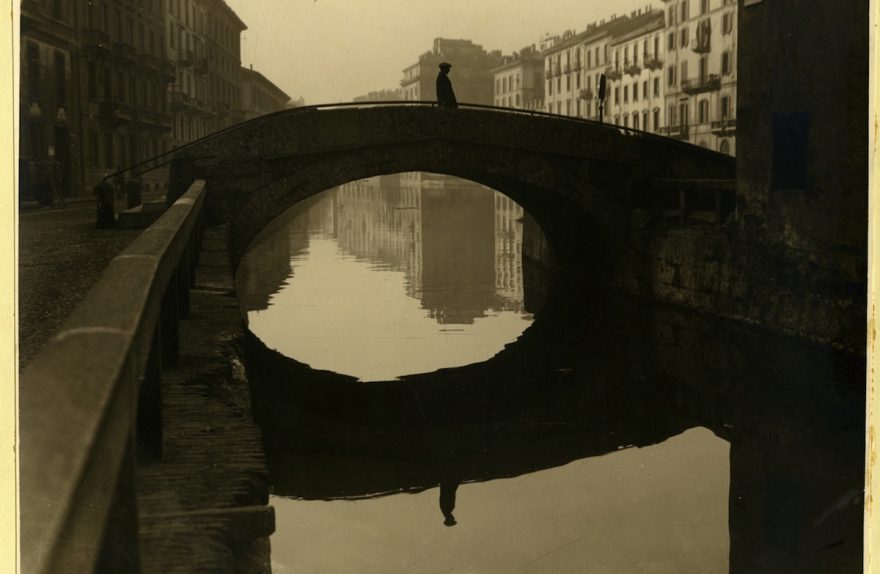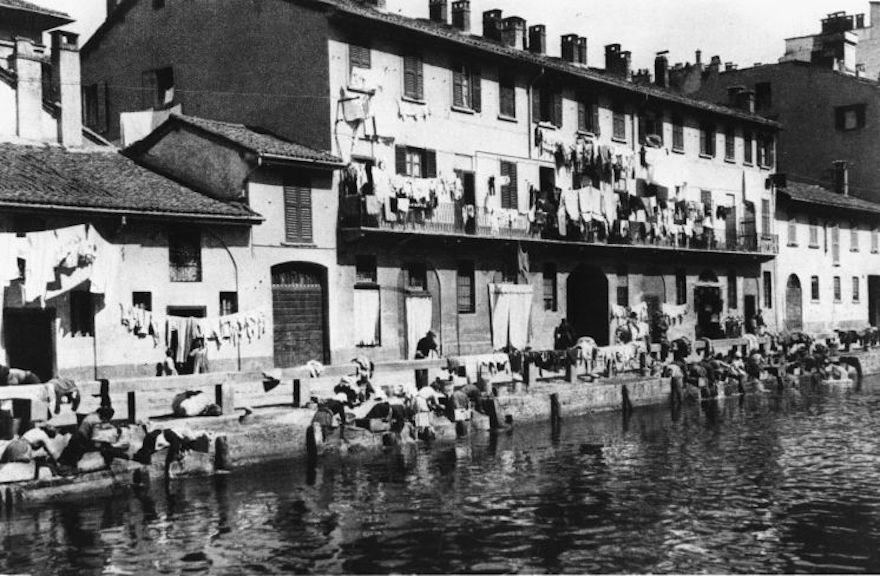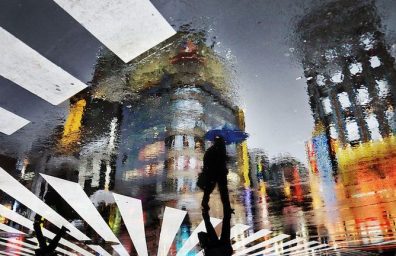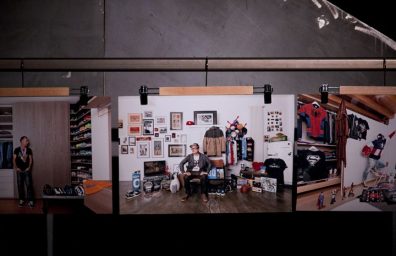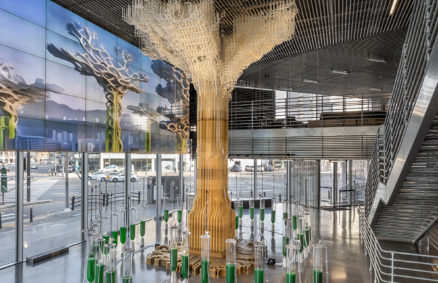I Guidi proposes a visit to an exhibition in the round, to immerse ourselves as much as possible in that "Milan, a city of water." So far from ours today.
Speaking of Italy and the city of water, the mind of the most runs in Venice, the lagoon city known throughout the world that plays a leading role in the collective imagination when it comes to the relationship between urban planning and the vital element par excellence . Yet going back in time and digging in the memory, we discover with surprise that the famous maritime republic has more in common than you think with a city that the sea, as they say, you can only see in postcards: Milan.
Milan City Water Palazzo Morando is just that: a trip down memory lane in search of that relationship with water that until recently characterized the lives of the people of Milan. A Milan shows that, in 150 vintage images from public and private archives and selected by curator Stefano Galli, hopes to document the "history of water" in Milan starting from the thirteenth-fourteenth century chronicles of Bonvesin de la Riva and Galvano Flame Ambrose described the city as full of ditches and canals lush and teeming with fish, and dotted with windmills. It will then move to document the important role played by water for the military defense of the city, as well as its economic and industrial growth.
An exhibition that makes us reflect on how Milan's vocation for fluidity and its marked predisposition for creativity can also find its correspondence in its past link with water. The exhibition, which will also contain unpublished documents and cartographic material, was promoted by the Municipality of Milan | Culture, Historical Museums Service with the Spirale d'Idee Association and will remain open from 12 November 2015 to 14 February 2016.
Thanks to Mi Guidi and its professionals, there will be the opportunity and the good fortune to visit this exhibition using an exceptional guide, one of its curators! Here is an extract of the essay written by him and collected in the exhibition catalog: "We who have no direct memory of the inner circle of the Naviglio, covered since 1930, have built an image of it on the figurative documents ... an indirect memory , idealized, romantic, devoid of the many negative aspects denounced by observers of the time: we do not notice the "sharp smell of shrimp"; we do not imagine the garbage that too often floated there; we do not feel in the bones the humid vapor that emanated from it; we do not get irritated by the boredom of having to reach the city center through a limited number of bridges, often narrow and uncomfortable. Browsing the images of the time instead provokes us a subtle memorial charm .. "
The exhibition itinerary is accompanied by sections dedicated to curiosities such as the presence of "miraculous sources" and the mystery of the baptisteries and octagonal fountains; the history of the seaplane base, built to house the landing of seaplanes, and that of the dock which, for some decades, was the eighth Italian port for freight traffic. Then again the experiment of the diving suit on the Naviglio Grande in the eighteenth century. In conclusion, a historical excursus on waste water purification plants: from the “water meadows” of the Cistercian era (XNUMXth - XNUMXth centuries) to the modern Nosedo and San Rocco plants.
